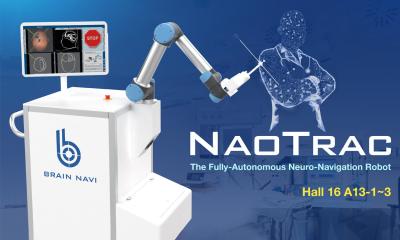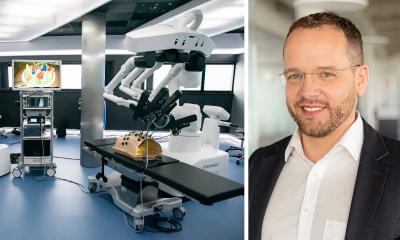Robots yes, but let's keep the patient in full focus
Surgeons using technology-supported surgical systems, e.g. lasers and robotics, are challenged not to lose sight of the human element, which influenced the theme Humanity through technology for the 126th Annual Congress of the German Society for Surgery (DGCH) held in Munich this April.

Precise and highly complex medical technology is as much part of the operating theatre as swabs and scalpels. No specialist surgical field could do without it – and this is a good thing, emphasised Professor Volker Schumpelick MD (above), DGCH 2009 President of the DGCH and Director of the Clinic and Polyclinic and the Department for Surgery at Aachen, Germany. ‘It would be inhuman to deprive patients of the achievements of modern technologies. It increases safety and also often the chances of a cure for patients.’
Young doctors in particular should familiarise themselves with the opportunities of modern technologies for another reason, he added: ‘Medical technology is one of the large markets of the future. We need knowledgeable colleagues if we want to develop new products in joint cooperation with the industry.’ However, technology is only ever an instrument for the surgeon, never an end in itself, he pointed out.
Details: www.chirurgie2009.de
01.05.2009











